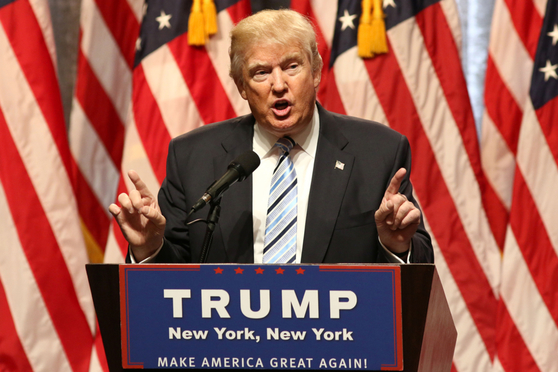Donald Trump’s most memorable moment on the campaign trail regarding people with disabilities occurred when he appeared to mimic the physical appearance and distinctive movements of a reporter with a disability. In a report on Aug. 11, 2016, NBC News called it Trump’s “worst offense” during the campaign, and during the Democratic convention Time magazine quoted Iowa Senator Tom Harkin to say, “Never has the issue of disability rights and inclusion been this prominent in an election.” Trump denied that he had any intention to mock the reporter.
How President Trump, given the powers of office, will affect the Americans with Disabilities Act during the course of his administration is unclear. But the effects could come in different ways. He could propose, or Congress could enact, a new statute amending the ADA. As noted below, this is unlikely. Perhaps more subtly, the president and Congress can affect the ADA by curbing regulatory or enforcement efforts. This may be done by presidential directives and appointments to the Equal Employment Opportunity Commission or the Department of Justice (including proposed Attorney General nominee Jeff Sessions) and the federal courts. The president and Congress could also cut funding to the EEOC or the DOJ.
A Brief Background of the ADA Structure and Enforcement
This content has been archived. It is available through our partners, LexisNexis® and Bloomberg Law.
To view this content, please continue to their sites.
Not a Lexis Subscriber?
Subscribe Now
Not a Bloomberg Law Subscriber?
Subscribe Now
LexisNexis® and Bloomberg Law are third party online distributors of the broad collection of current and archived versions of ALM's legal news publications. LexisNexis® and Bloomberg Law customers are able to access and use ALM's content, including content from the National Law Journal, The American Lawyer, Legaltech News, The New York Law Journal, and Corporate Counsel, as well as other sources of legal information.
For questions call 1-877-256-2472 or contact us at [email protected]



